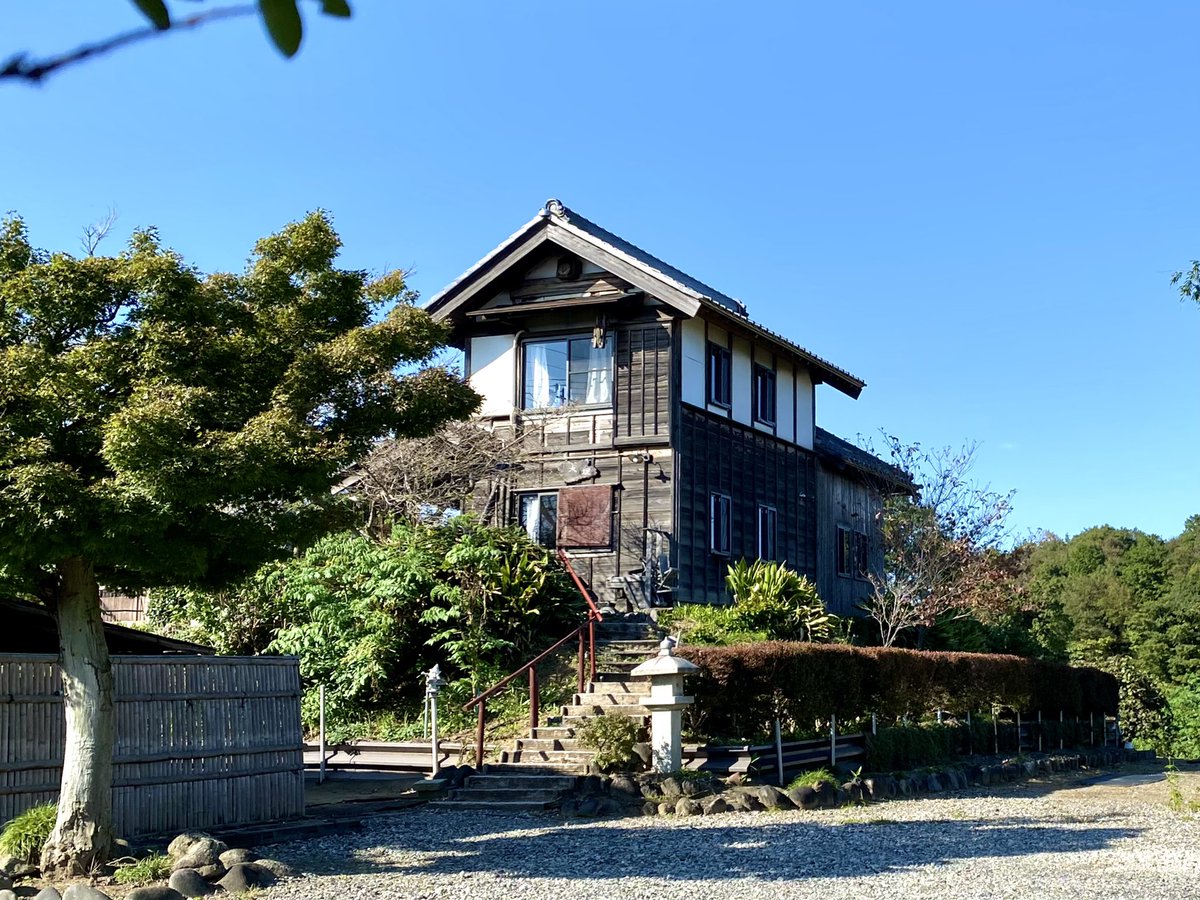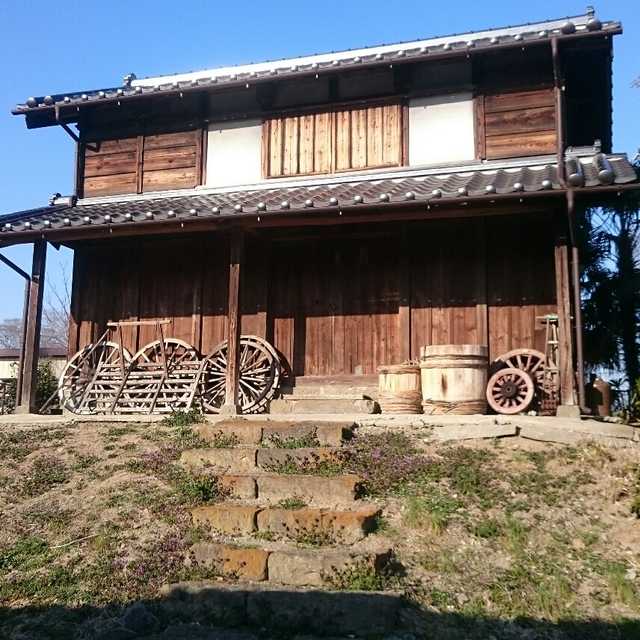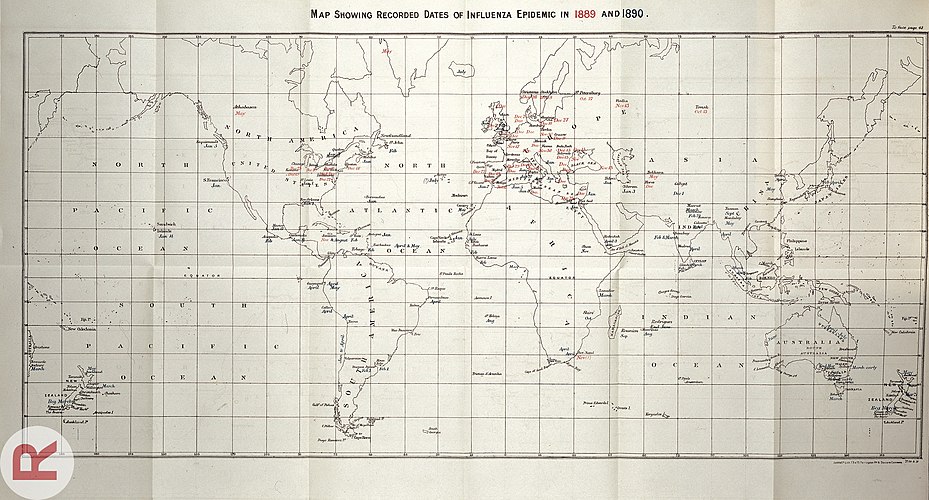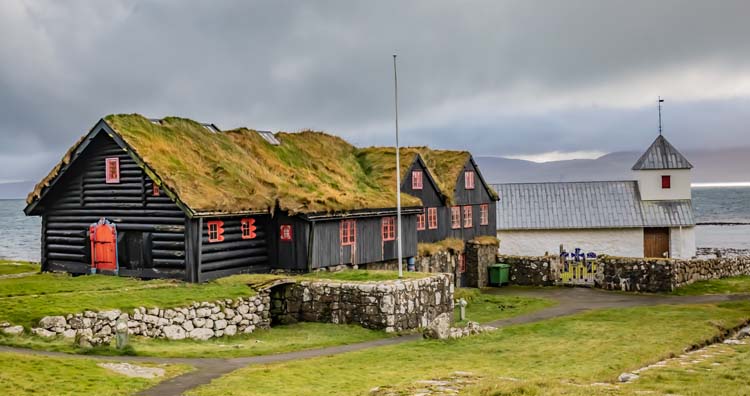
You can't stop a river from flooding, you can only merely postpone it. In Japan there are many farms built on vulnerable flood plains, in the old days ppl constructed Mizuya (water houses), built on top of a Mizutzuka (water mounds): an elevated shelter for the inevitable floods. 



The mounds were built in stages, with barns and other buildings that weren't damaged by a flood on the lowest stage. On the middle stage were the main living quarters, usually safe in flood, but for the most sever floods, a Mizuya was built, usually 2-4m above its surroundings. 





The Mizuya were built with two levels, the bottom had food stores, perishables, tools, while the second level had bedding, emergency rations. It was designed to allow a dozen people or more to survive for weeks. It also stored boats, for rescue operations, on the ceiling rafters. 

Here is a typical 19th century floodplain homestead. Note the many levels of defenses: Yellow, 1st elev./stage: hedges, pond/moat, gate, wall. Green, 2nd elev./stage: store houses, 3rd elev./stage, blue: trees to stabilize the tallest mound the mizuya itself, nd the rescue boats. 

This boat was last used in a great flood that occured in 1947. Luckily the owners have kept it in good shape, ready for the inevitable coming flood. 

Some clever carpenters connected their main home with Mizuya via covered skybridges/skystairs. Floods are usually accompanied by rains and strong winds so I can imagine it must have been very convenient. 

Of course these Mizuya are no longer built, and the few that remains are gradually falling into disrepair. Some local governments are investing in modern steel platforms, to allow residents a safe place to gather. Not very pretty in my opinion and fairly useless most of the time. 

Us moderns have a lot to learn here: instead of relying on State and insurance companies, buildings on flood plans should be either immune to flood damage (like this pub in the UK), or raised several meters above ground on mounds or stilts.
https://twitter.com/wrathofgnon/status/1235787798243766272?s=20
• • •
Missing some Tweet in this thread? You can try to
force a refresh





















